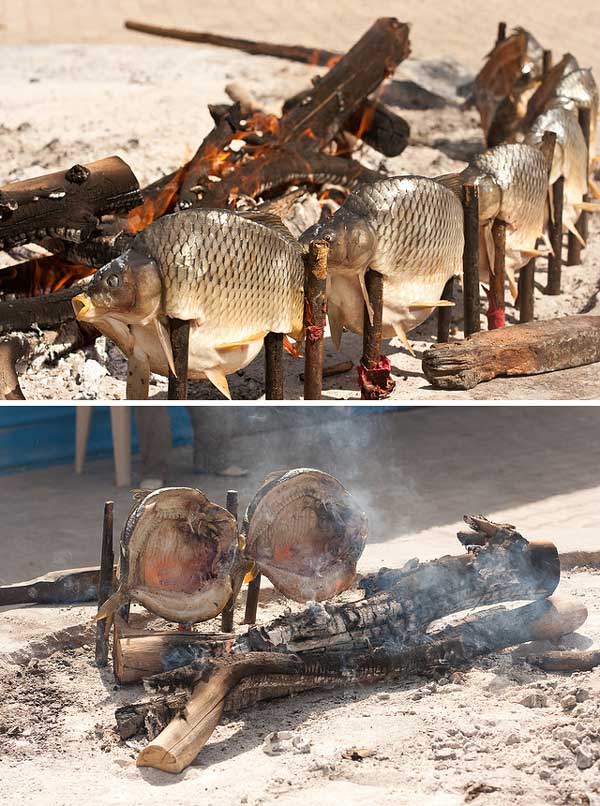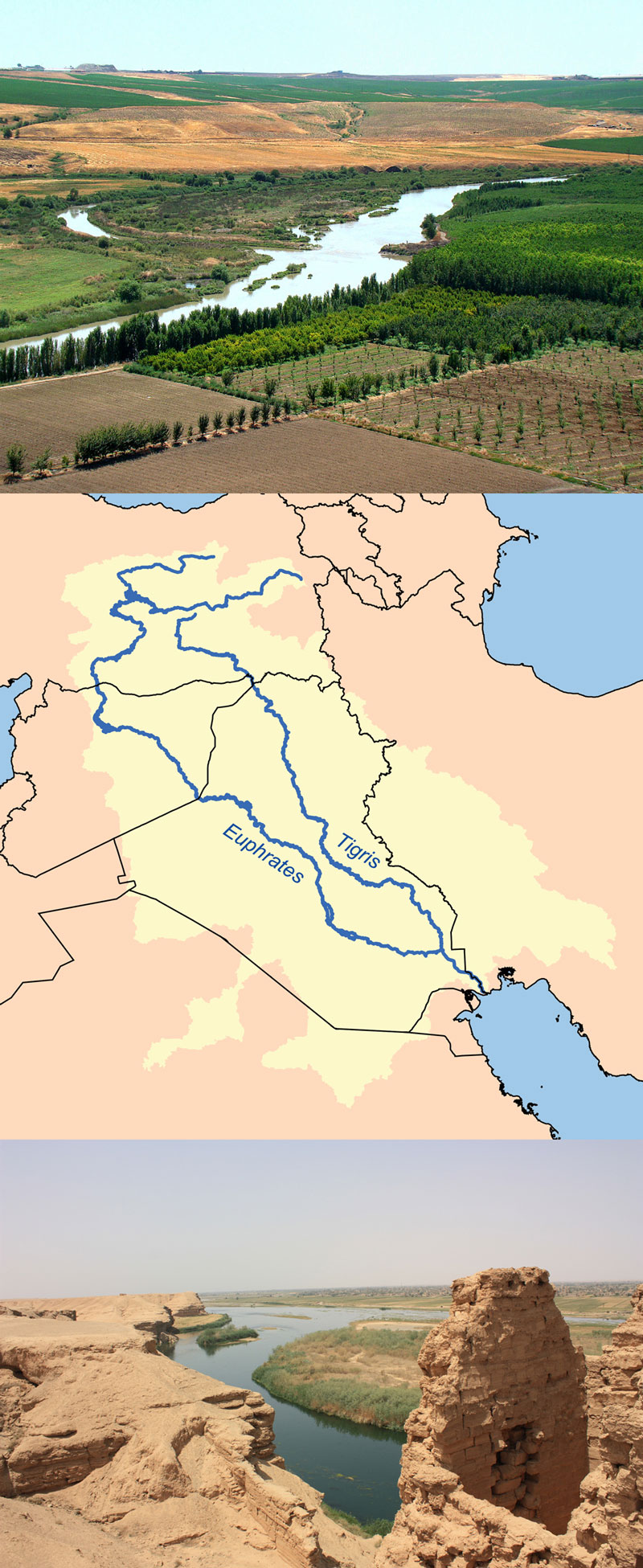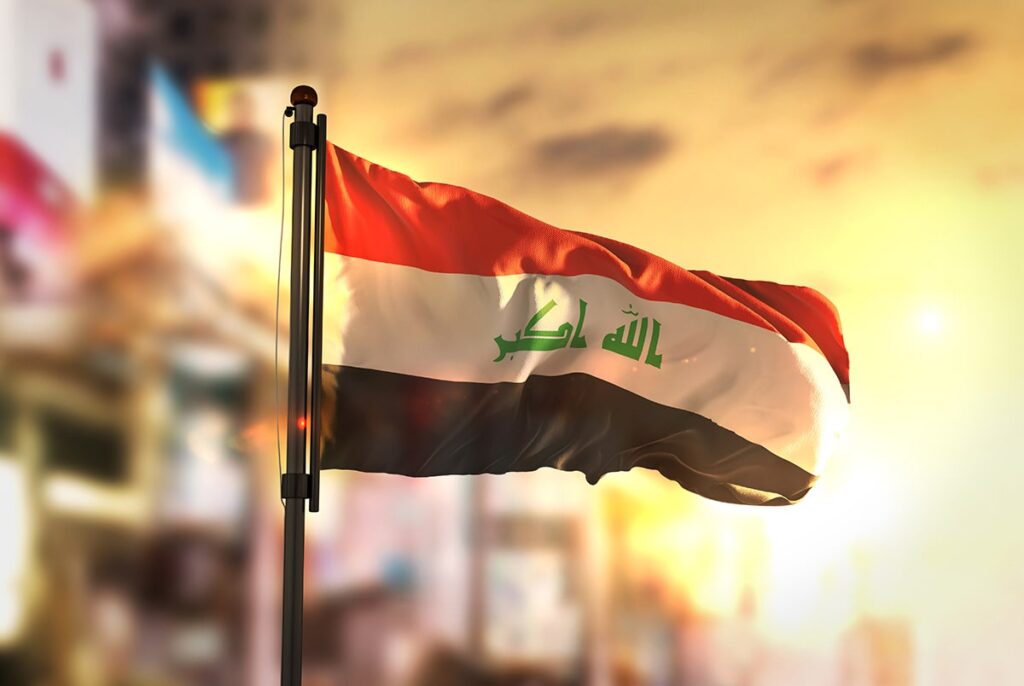1. Sandstorms: Sand and dust storms ravage Iraq for 20-50 days every year. They occur most frequently in the summer. The storms can be up to several thousand meters high
2. The Bible: According to the Bible, Abraham was from Ur in southern Iraq. Isaac’s wife, Rebekah, was from Nahor, which is also in Iraq (on the border with Iran). According to legend, the Garden of Eden is also located in Iraq
3. Admiration and praise: If you admire an object in an Iraqi’s home (such as a vase), the Iraqi will typically insist on giving it to you. Therefore, it is common practice not to praise other people’s property too much
4. Tigris and Euphrates: The fertile region between the famous Tigris and Euphrates rivers provided stability for the early populations around 700 BC in the area where Iraq is today. The region has had many names over time – including the Arabic ‘Al-Jazira’ (the island) and the Greek ‘Mesopotamia’ (the land between two rivers)
5. Women: Women in Iraq have traditionally enjoyed more freedom than women in other surrounding countries. However, since the Gulf War (1990-1991), the situation for women has worsened due to the increasing influence of different religious groups in society

Fact: Iraq’s national dish ‘Masgouf’ is grilled carp. Traditionally, it is cooked on wooden sticks over a fire, but in recent times iron grates are also used in ovens
6. Sadam Hussein: Sadam Hussein was Iraq’s dictator from July 16, 1979 until April 9, 2003, when he was deposed shortly after the Iraq War (March 20, 2003 – December 15, 2011) broke out. Sadam Hussein was executed by hanging on December 30, 2006 and buried in his birthplace Al-Awja near Tikrit about 2 km from his sons Uday and Qusay Hussein
7. Wars: Iraq has been involved in a number of wars – including against Israel, Iraq and the USA – over the years. In addition, there have been several internal struggles between Arabs and Kurds in Iraq, which has led to the Kurdistan Region being confirmed in article 113 of the Iraqi constitution (giving the Kurds a greater degree of autonomy)
8. National dish: The national dish of Iraq is ‘masgouf’ (or masgûf), which is carp seasoned inside with marinade (olive oil, salt, mountain salt, tamarind and turmeric) and grilled on wooden sticks or an iron grid. Total cooking time is 1-3 hours depending on the size of the carp (all the fat should be removed before serving). When the fish is crispy on the outside, place it on a large platter with lemons, onion rings and pickles. It is then covered with a flatbread to keep it warm until serving. Masgûf can be traced back to antiquity (c. 500 BC)
9. Refugees: According to the UNHCR report in 2010, Iraqis were the second largest refugee group in the world with 1.8 million refugees, second only to Afghans with 2.9 million refugees
10. Mountains: Mountains cover 20% of the country in Iraq. The two major mountain ranges are the Taurus (on the border with Turkey) and the Zagros (on the border with Iran). The mountains are the only areas of Iraq where forests still exist

The land between the two famous rivers, the Tigris (top) and Euphrates (bottom), is very fertile. The area is today referred to as the ‘cradle of humanity’, meaning it is one of the places from which one or more civilizations have sprung


